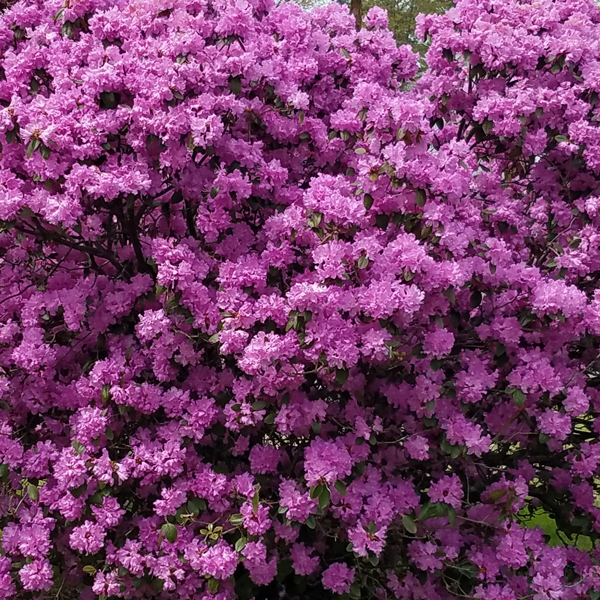
People frequently tell us how apprehensive they feel about pruning their flowering shrubs, expressing fear that they’ll do it wrong and cause damage. But plants are so resilient that that’s unlikely to happen when a few principles are taken into consideration.
It makes no sense to simply get out and cut unless there’s a reason to do it. Before beginning to prune it’s important to decide the result we want to achieve: remove dead/damaged branches, control size, enhance future bloom or alter shape to improve appearance. When plants grow too big for their location, pruning can be an alternative to removal.
Every rule has exceptions, but some basic principles apply that help simplify the pruning process:
- Early-blooming shrubs tend to set flowers on last year’s growth; these should be pruned as soon as their flowering finishes. Some examples are Hamamelis, Forsythia, quince, Andromeda, lilac, Fothergilla, weigela, azalea, rhododendron, Kalmia and most Hydrangea;
- Shrubs that bloom later than spring usually form flowers on their current year’s new growth; these are best pruned before new growth begins in spring, or in late fall/winter when they are dormant. Some of these are roses, Buddleia, Clethra, honeysuckle, hibiscus, Hydrangea paniculata & arborescens and spiraea.
Choosing the appropriate pruning tool is key to achieving the desired effect. Among professionals, the term “pruning” refers to cutting single branches with a pruning knife, hand pruner, lopping shear or a saw. This type of maintenance is suited for shrubs when the basic branching structure needs adjusting, removing suckers or branches that restrict light from reaching inner part of the shrub, and also for cutting-out overgrown stems/branches. Hand-pruning results in a more natural, textured appearance.
Shaping multiple branches at once using a hedge or power shear is often also called pruning. But technically this is “shearing”: shaping and contouring the outer shoots to develop a desired form. After removing crowded or damaged branches with hand shears, shearing the remaining outer branches shapes the appearance of the entire plant. Shearing creates a more formal result, best suited for a “finished” look.
Choosing the right tools and the appropriate time to prune enhances the enjoyment of a plant’s features. Understanding how the plant grows and sets flower buds is important, and we don’t need to be an expert to accomplish most standard pruning/shearing tasks. Doing it “wrong” rarely causes permanent damage to shrubs, even though it may sacrifice some current-year bloom. If in doubt, it’s always a good idea to attend a class on pruning or ask for advice from an expert at your local garden center.
About the Author
R. Wayne Mezitt, is a 3rd generation nurseryman and a Massachusetts Certified Horticulturist, now chairman of Weston Nurseries of Hopkinton, Chelmsford & Hingham, MA, and owner of “Hort-Sense”, a horticultural advisory business; he currently serves as Trustee chairman for the Massachusetts Horticultural Society at The Gardens at Elm Bank in Wellesley MA.









